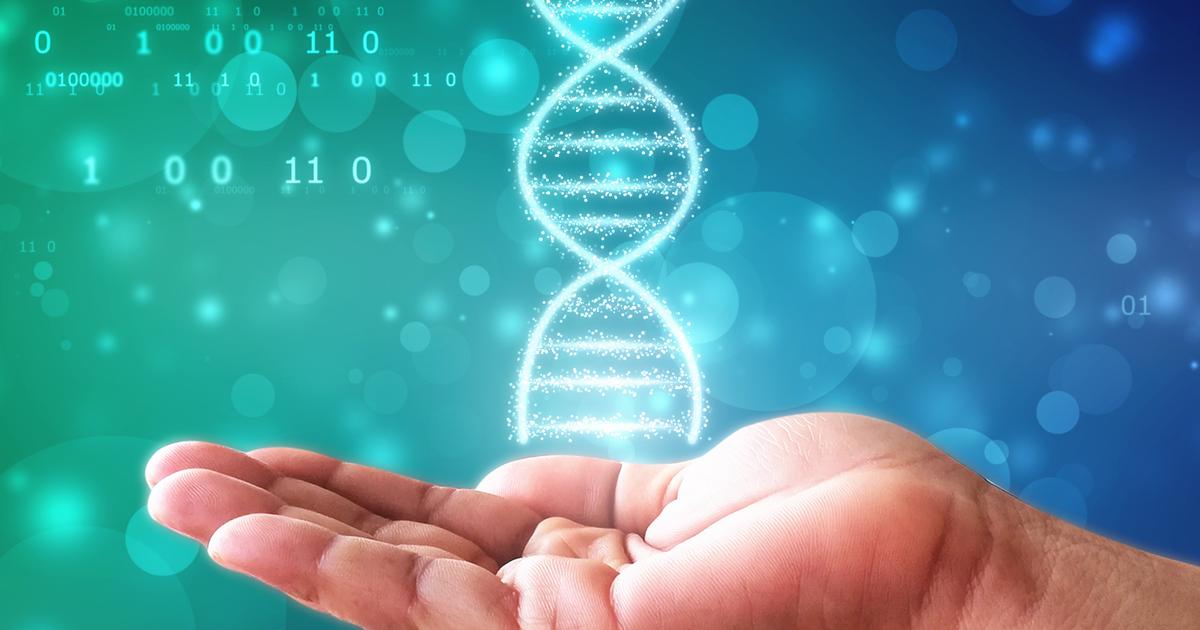Guide To The Causes And Risk Factors For Rhabdomyosarcoma
Beckwith-Wiedemann Syndrome

Beckwith-Wiedemann syndrome is a genetic growth disorder that causes abnormalities in several parts of a patient's body. Common features seen in Beckwith-Wiedemann syndrome are asymmetric growth, larger than normal early childhood statute, abdominal wall birth defect, infant hypoglycemia, abnormally large organs, abnormalities in the kidneys, abnormally large tongue, and skin creases near the ears. There are several different types of genetic mutations that cause Beckwith-Wiedemann syndrome to develop. The affected genes are located on chromosome 11 and include CDKN1C, IGF2, H19, and KCNQ1OT1 genes.
Altered gene regulation is the most common type of mutation that causes this disorder, where the healthy process of gene activation and deactivation at the right time is disrupted or altered in the affected genes. When gene regulation does not function as it should, the body may make more of a certain type of protein and less than another. When the circumstances of altered gene regulation on chromosome 11 effect genes specific to cell growth and division, there is a greater risk of the individual developing rhabdomyosarcoma.
Li-Fraumeni Syndrome

Li-Fraumeni syndrome can cause patients to be at a higher risk of developing rhabdomyosarcoma than healthy individuals. Li-Fraumeni syndrome is a rare genetic disorder where certain gene patterns and alterations cause the individual to be at a very high risk of developing some forms of cancer during their childhood and young adult years. The most common types of cancers that occur in Li-Fraumeni syndrome patients include soft tissue sarcomas, osteosarcoma, brain tumors, adrenocortical carcinoma, leukemias, and breast cancer.
Li-Fraumeni syndrome is caused by mutations in the TP53 and CHEK2 genes. TP53 is a gene that is a part of a group of genes responsible for controlling the division and growth of cells around the body. A problem with the TP53 gene gives cancerous cells a better opportunity to multiply. The CHEK2 gene is also included in the tumor suppressor gene group, making the patient susceptible to cancer growth like rhabdomyosarcoma through the same mechanism.
